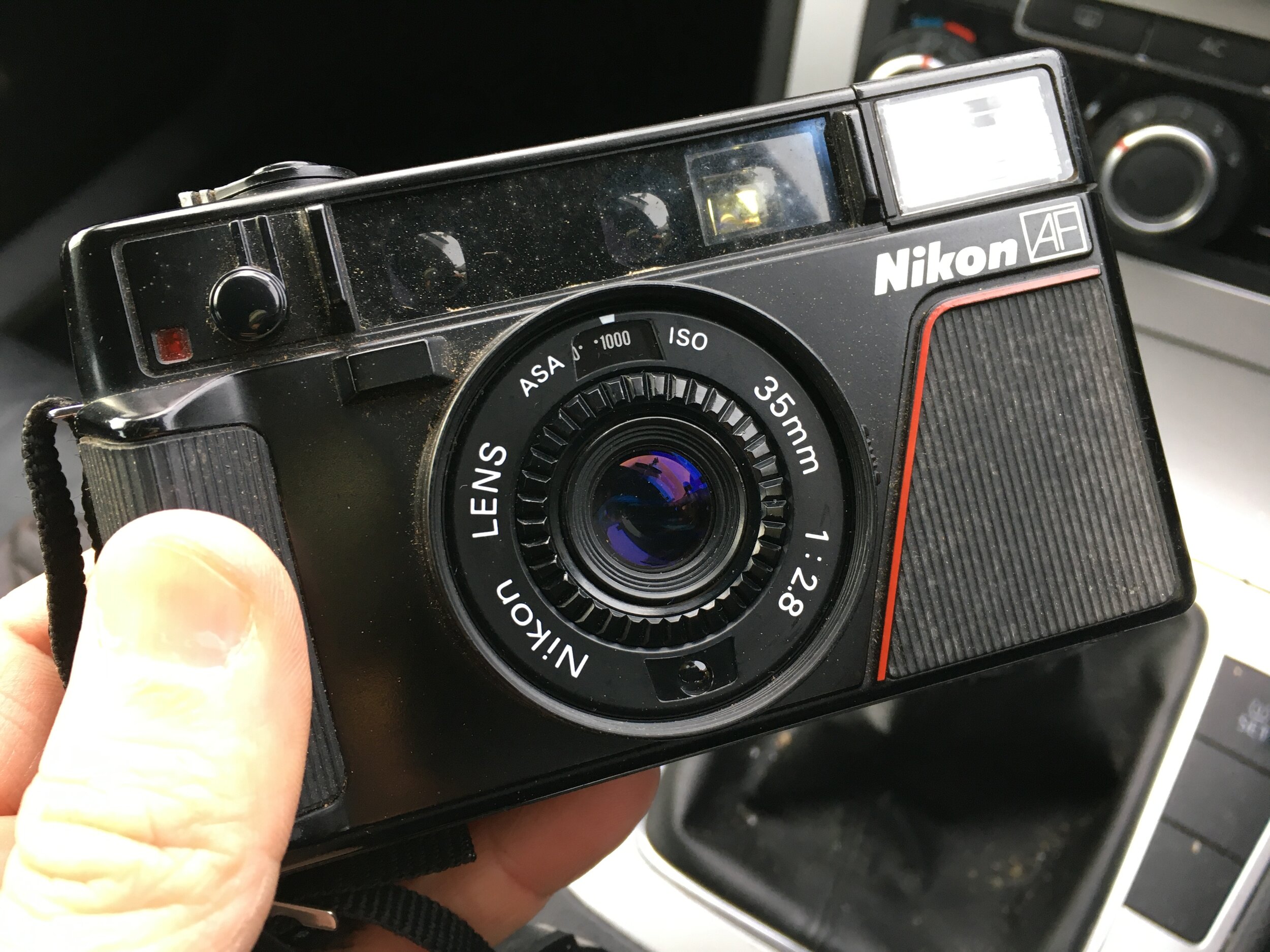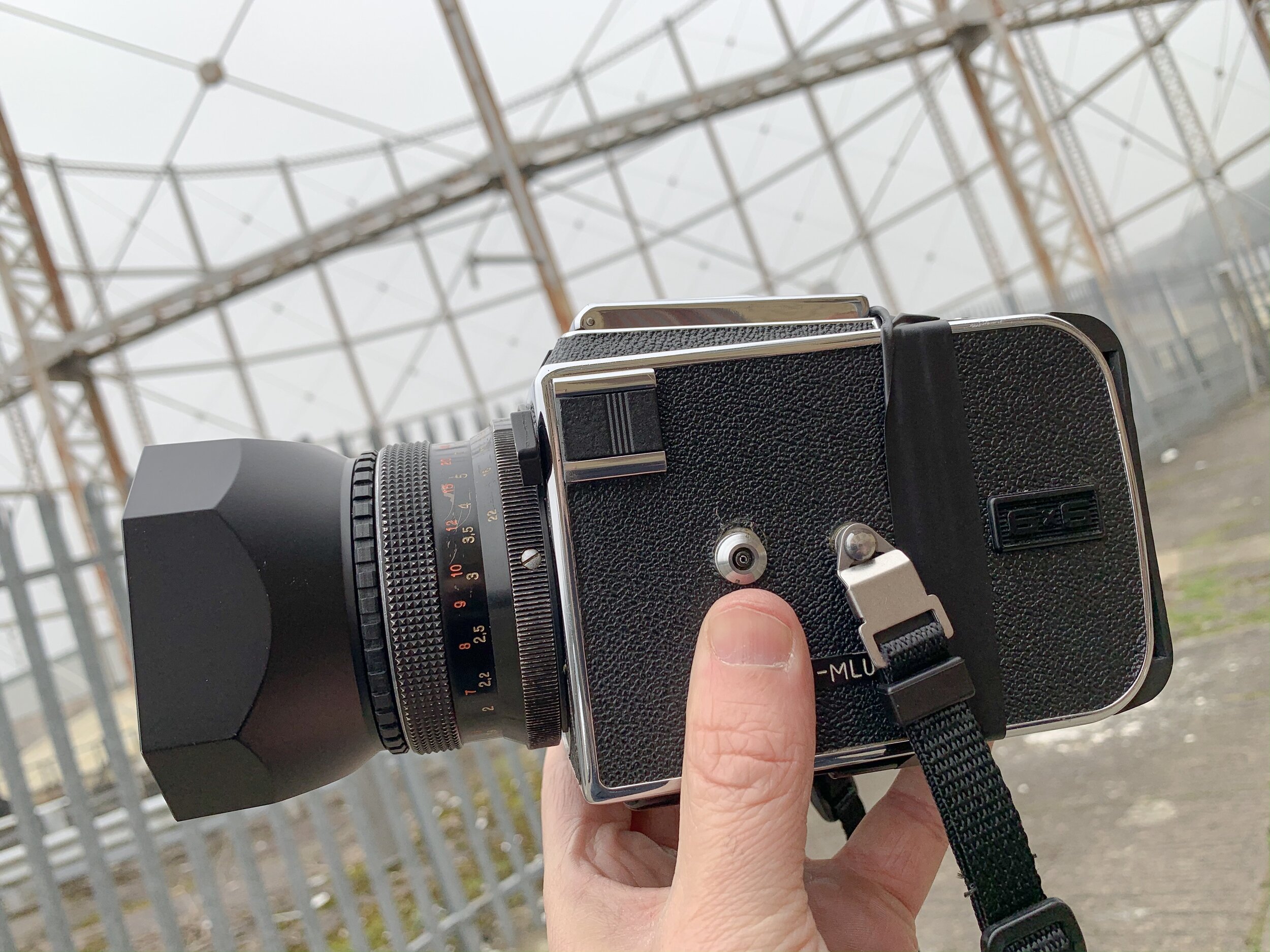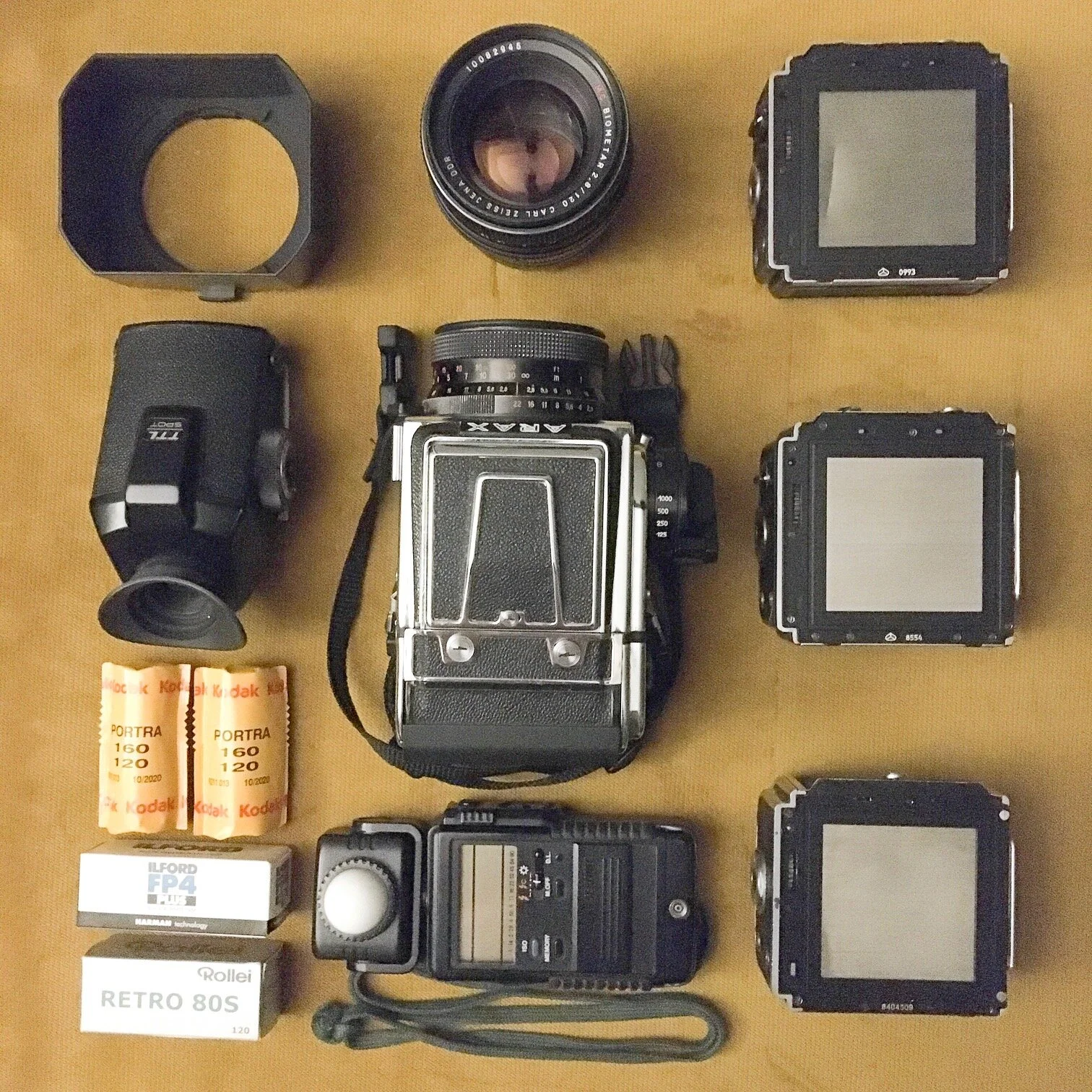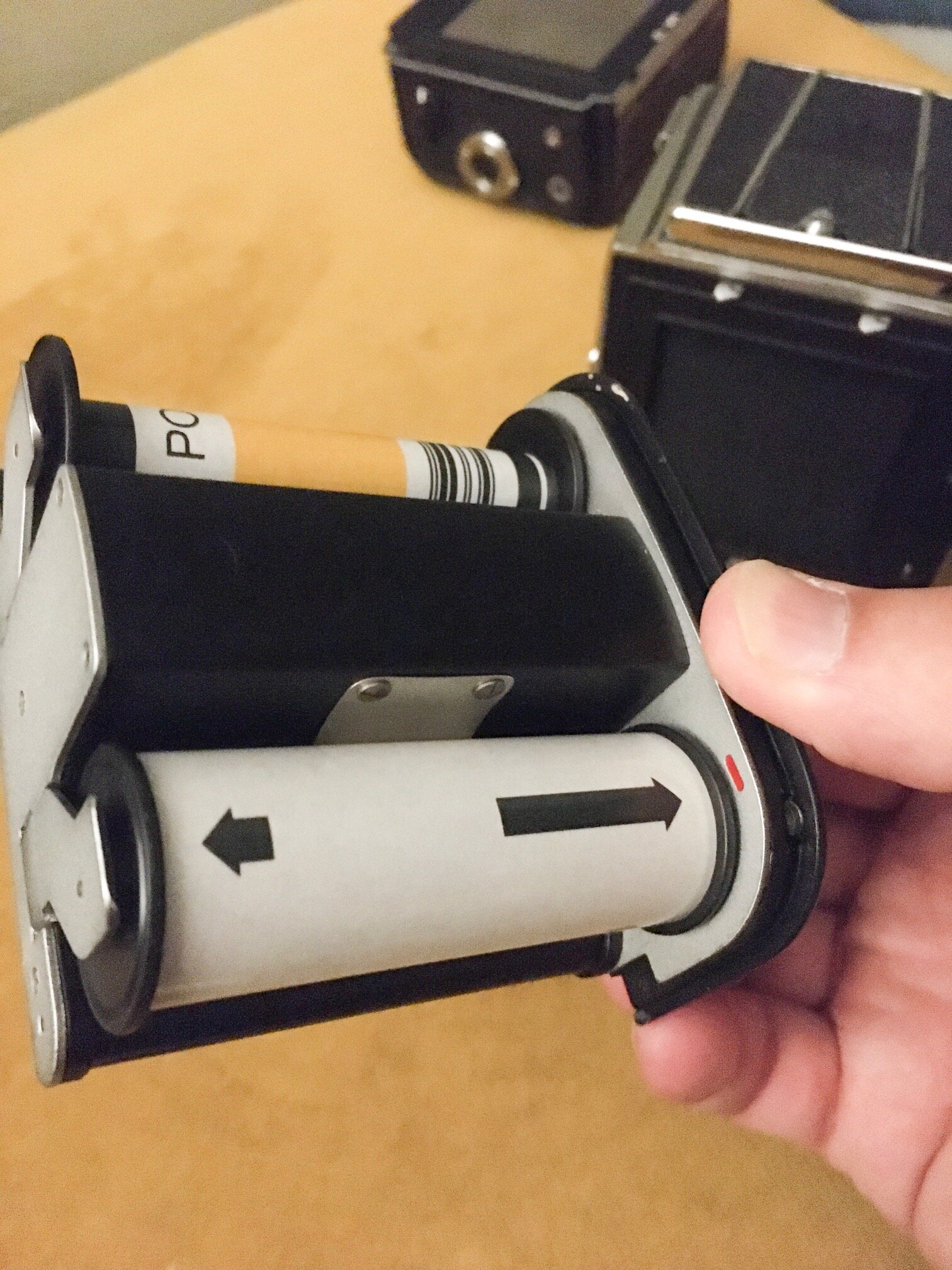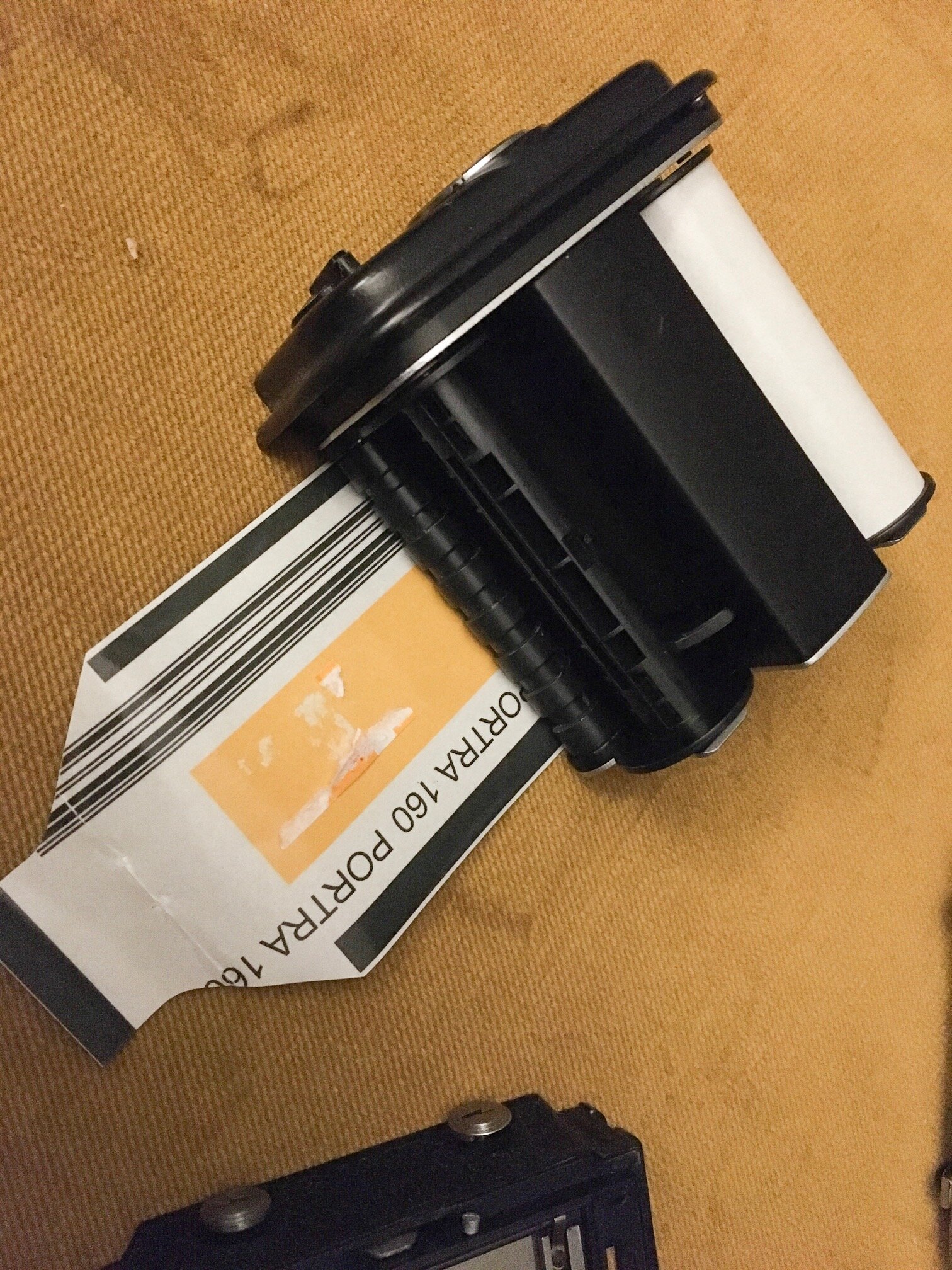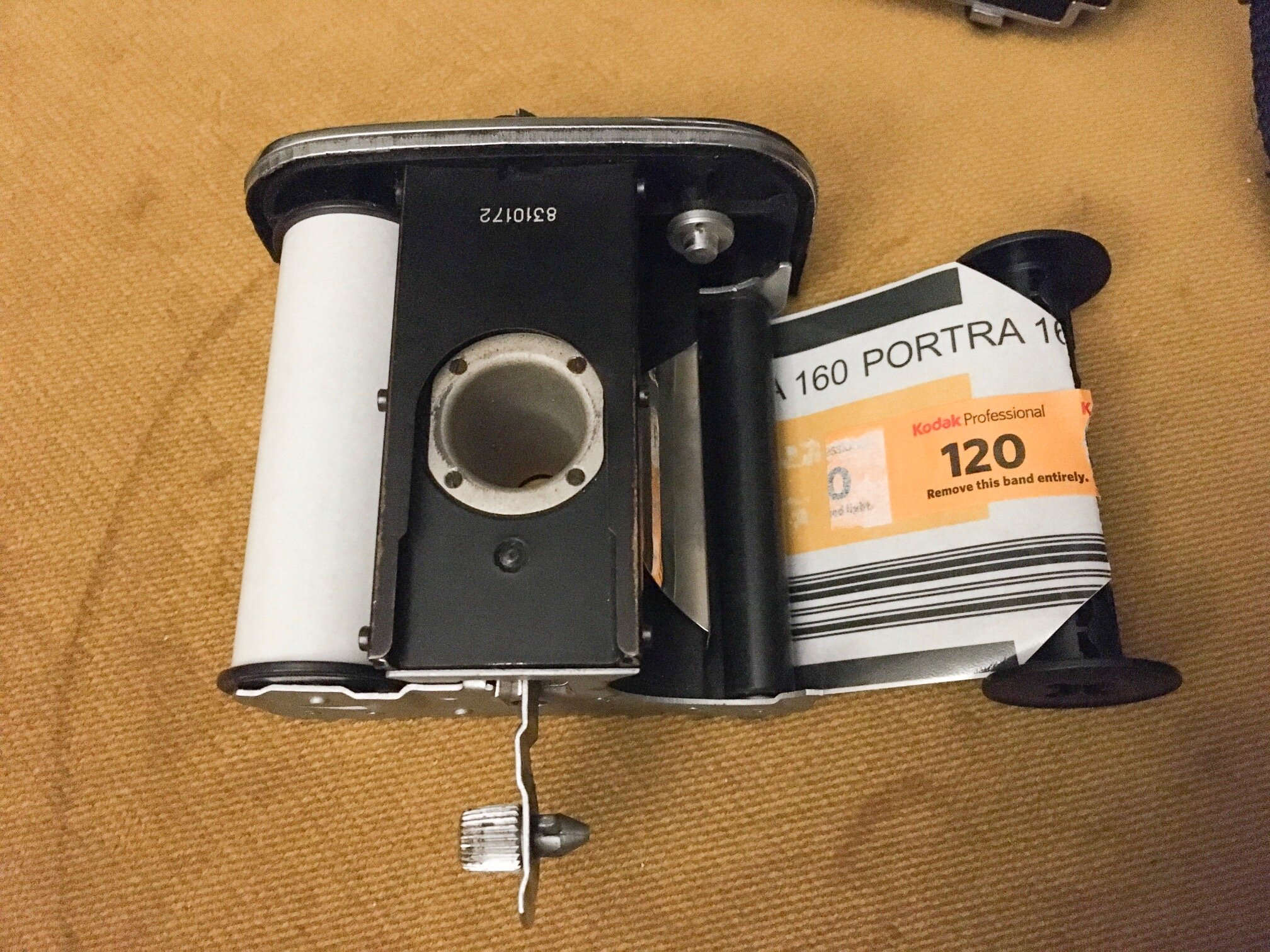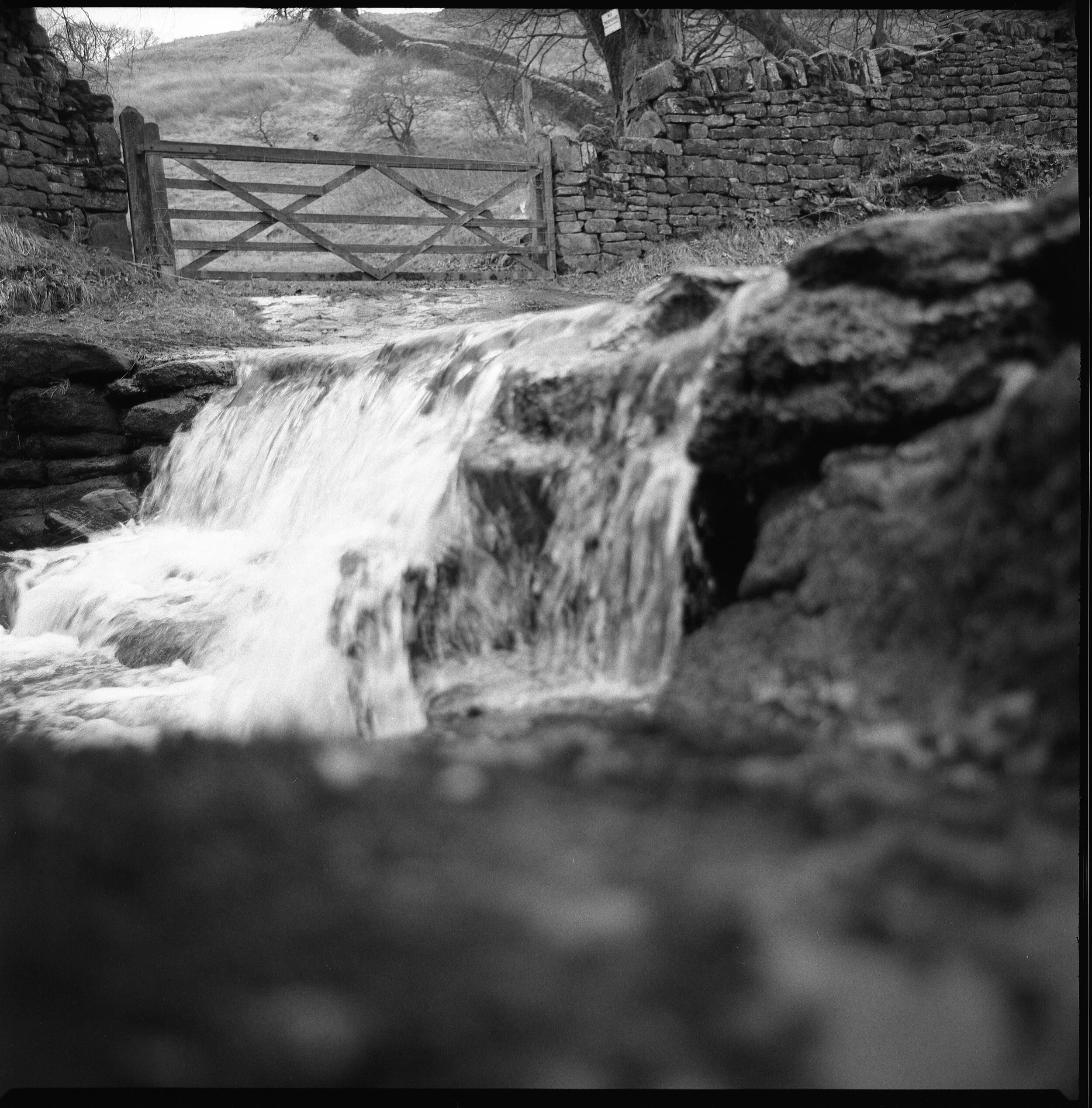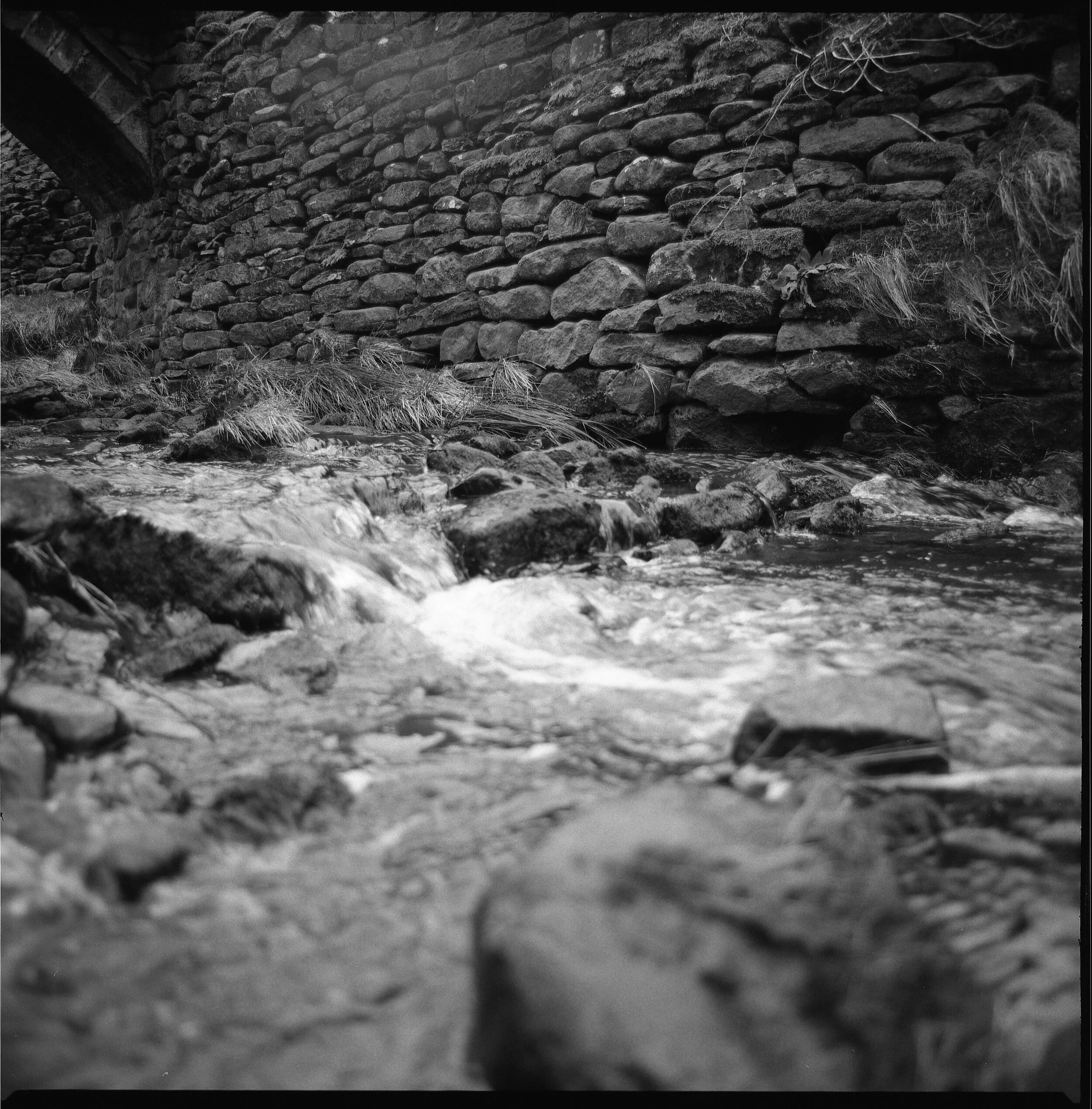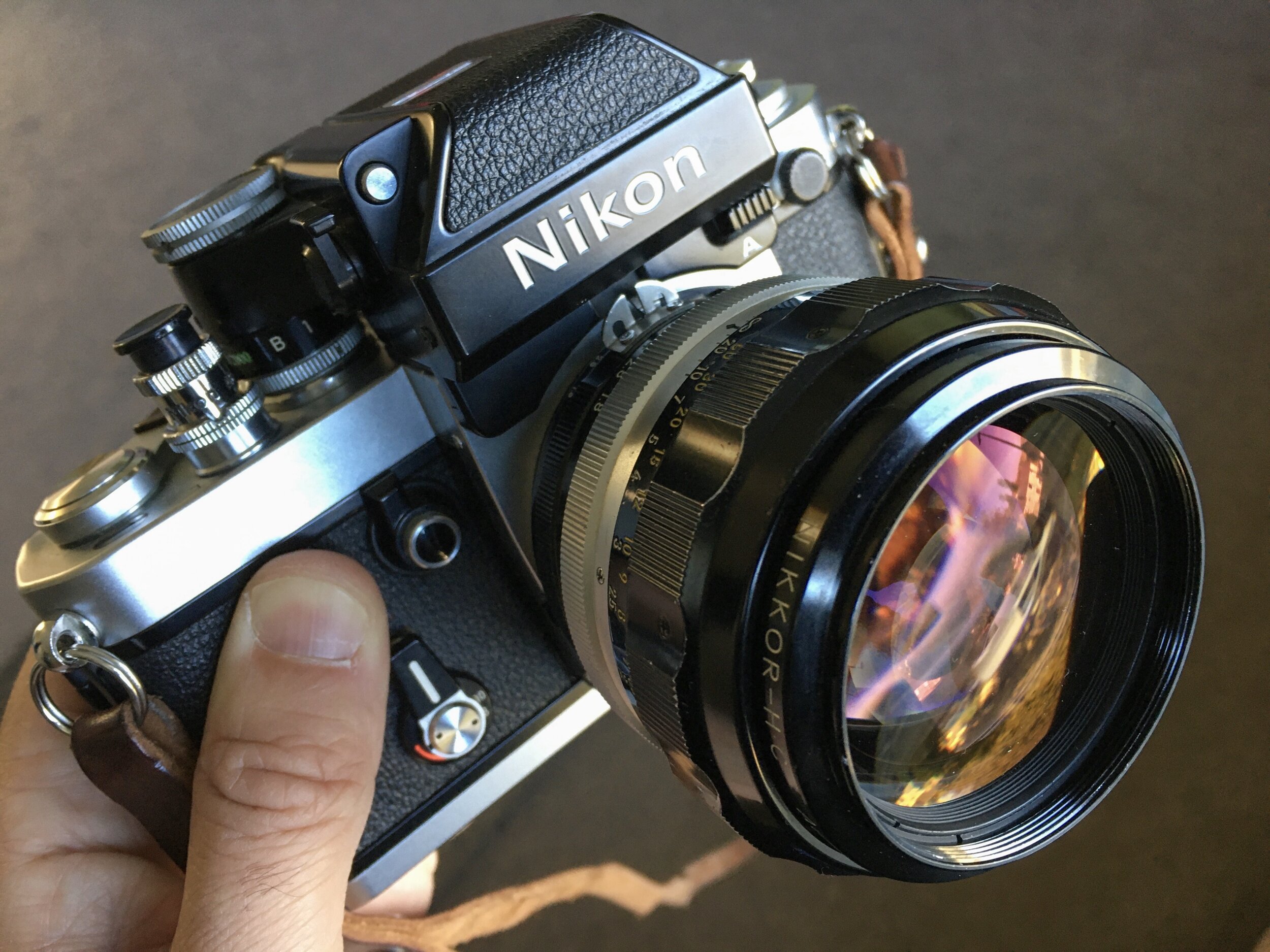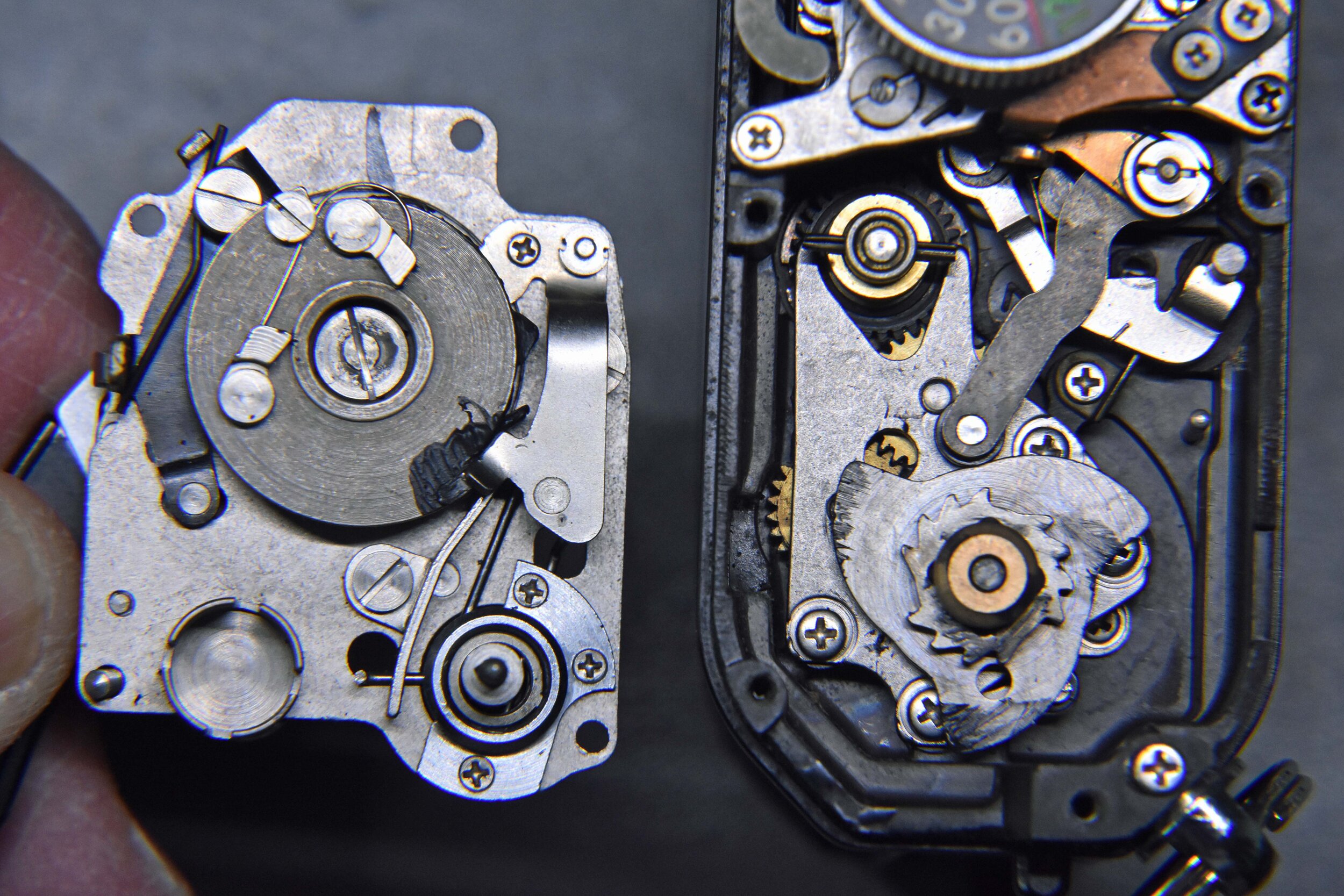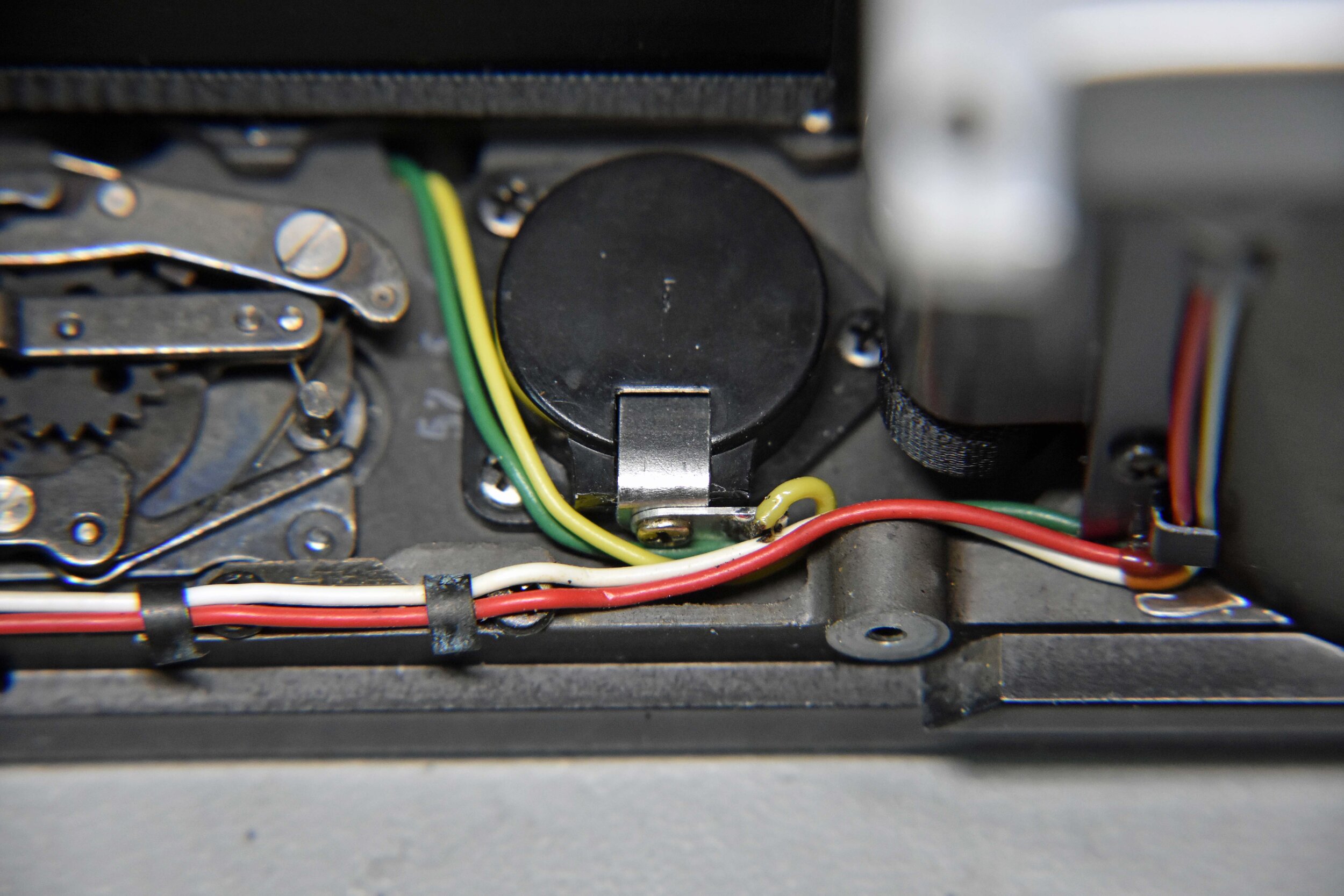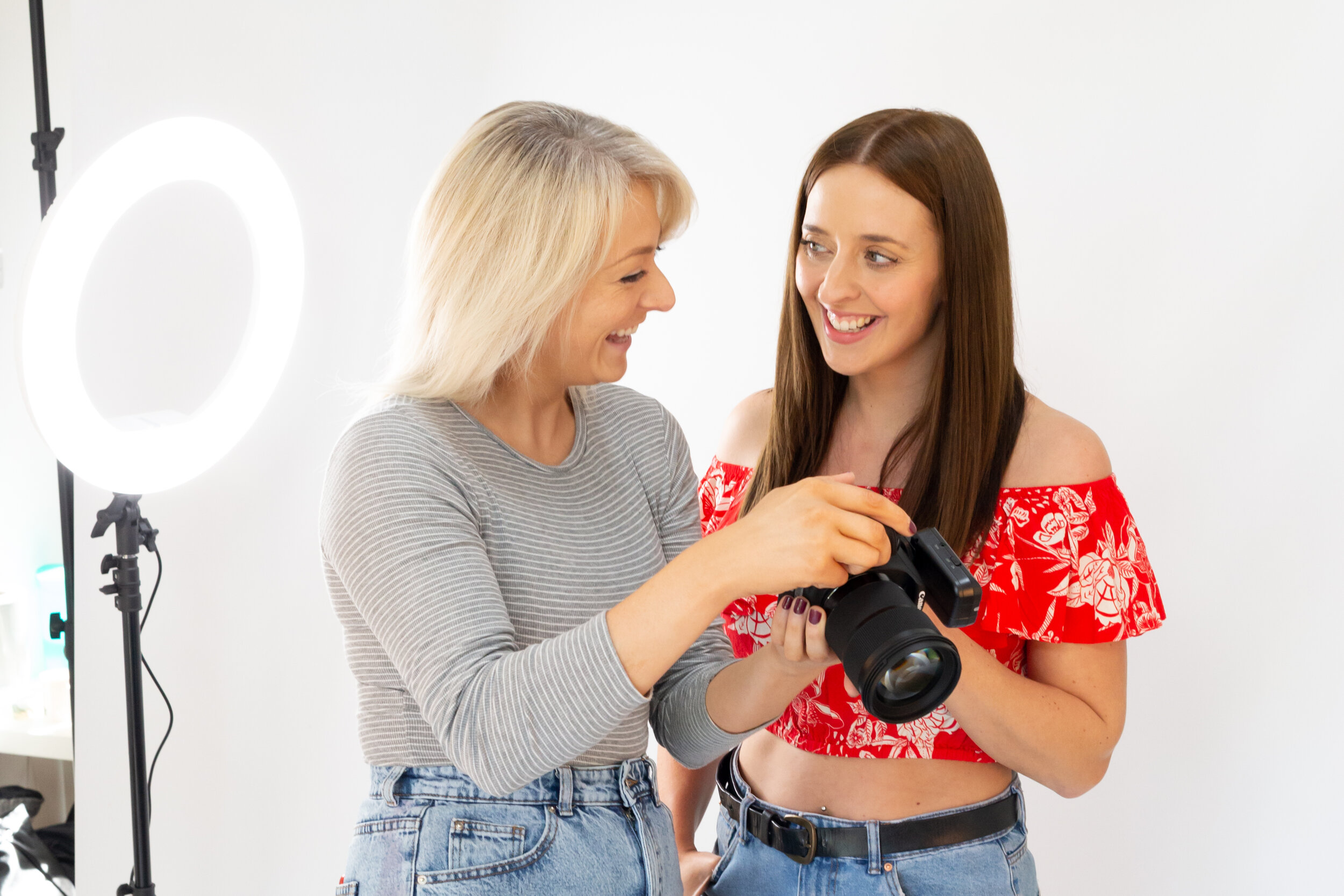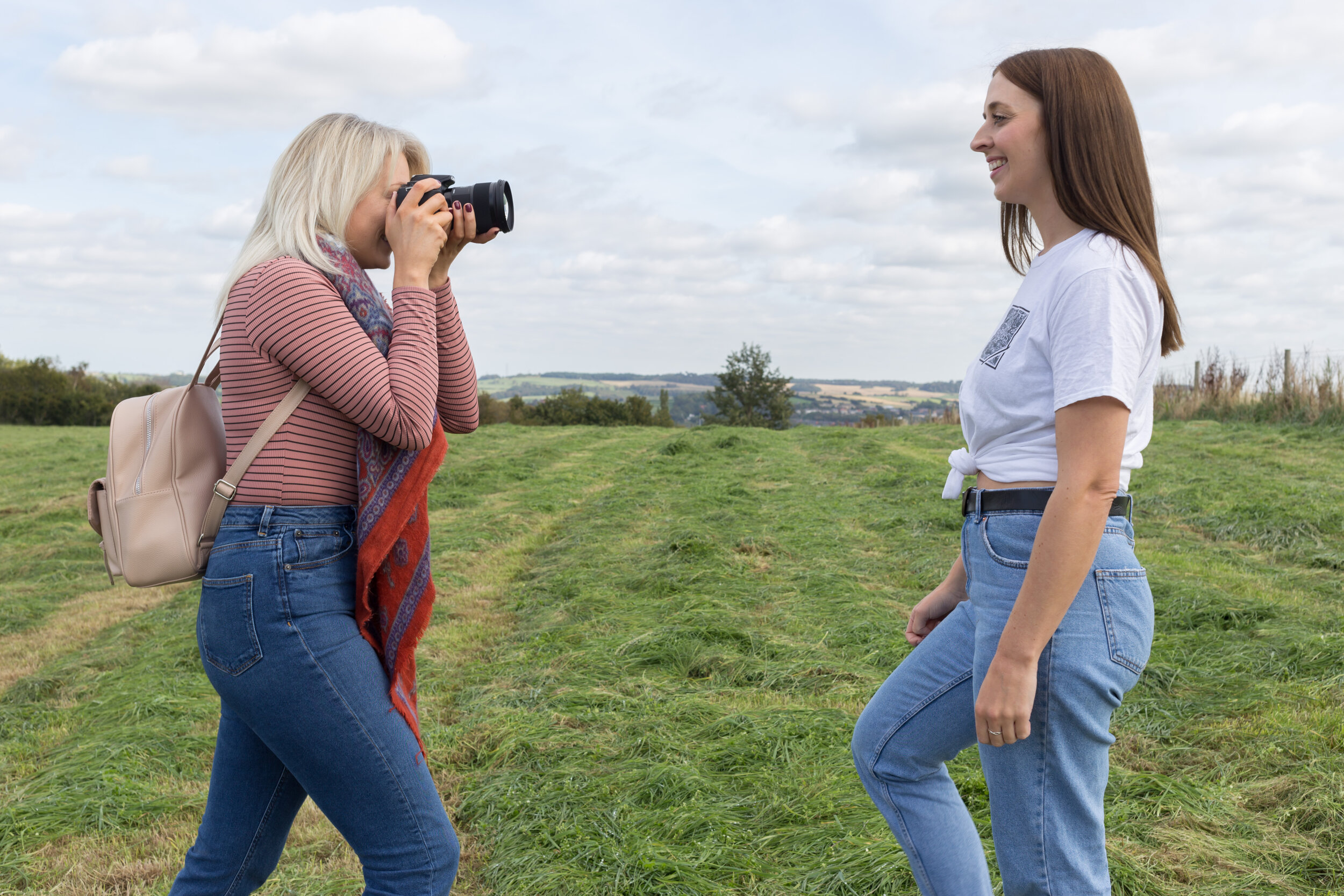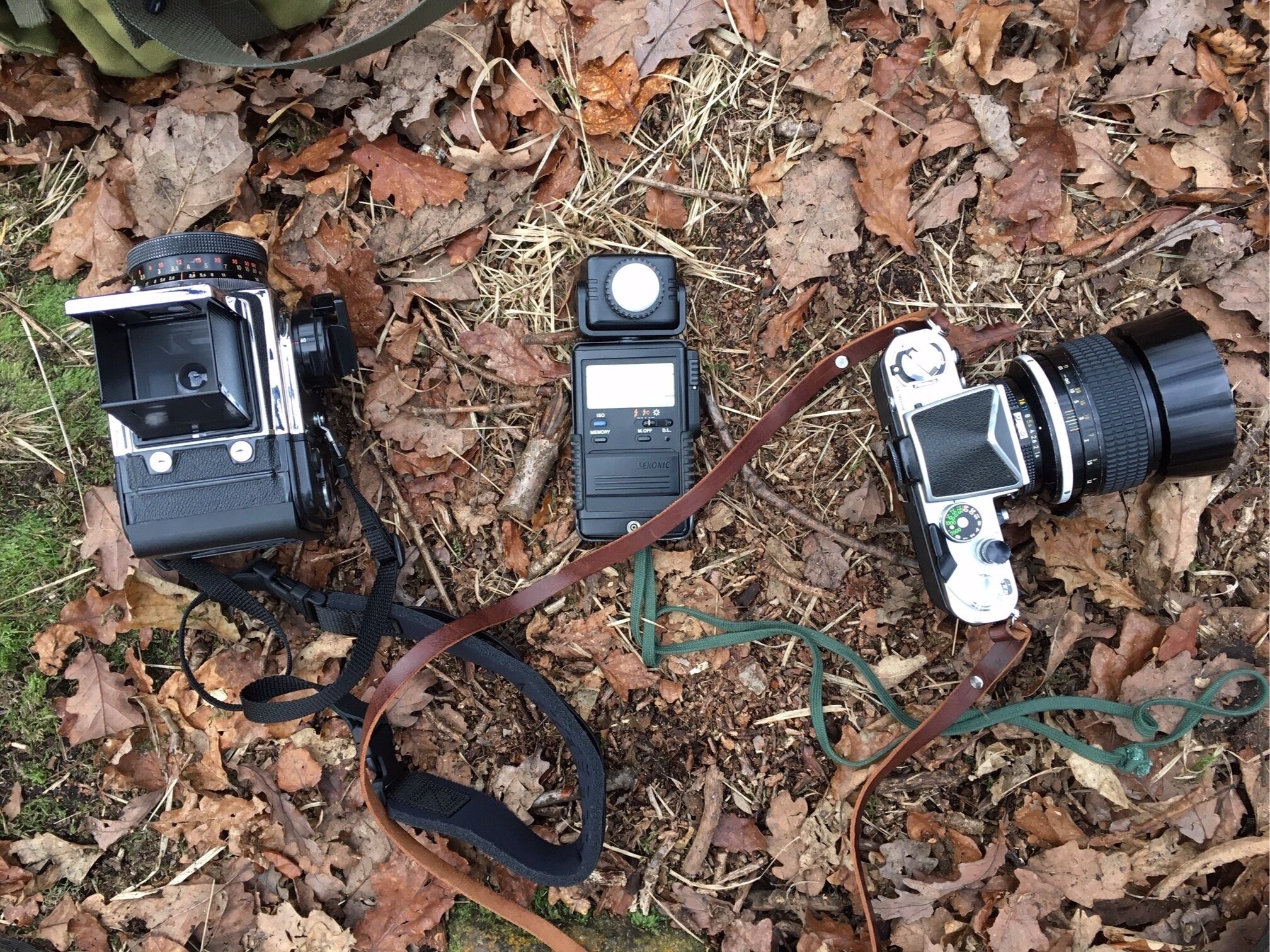I’ve had this blog post half written in draft for over 12 months! I bought the Nikon L35AF just before COVID intending to use it as a travel camera (hah). I did manage to take it on a couple of trips before lockdown hit but I’ve only used the camera a couple of times since then, most recently on a portrait shoot HERE.
This a wonderful little camera that packs a big punch but I should tell you that as I write this to you now the L35AF sits wrapped in a parcel ready to wing it’s way to its new owner (hello if you’re reading this)! :) Anyway - enough pre-amble…
I am a big fan of the compact travel camera – so much so that I’ve had a few in the collection over the years and some of my favourites I’ve blogged about HERE (OLY 35RC) and HERE (ROLLEI 35S)
Freah out of the box (of old knacered cameras in which I found it)
Before the pandemic I spent a large part of my working life on the road/rails and sometimes in the air! Travelling far and wide for work meant that I required something fairly small and light but without compromising on quality.
It's worth saying at this point that I am quite at ease lugging fairly large amounts of kit and caboodle around with me on a shoot but when it comes down to travel (and I used to get to travel quite a bit) I like to travel light so for me personally I consider a ‘travel camera’ to be something that will fit in a coat pocket! I have friends who consider a Large Format camera to be an acceptable travel camera but not for me!
So let me introduce you to the Nikon L35AF – unusually for me and my adventures in film so far it’s a fully auto everything point and shoot camera, and I love it!
I wasn’t even looking for one of these (honest) when I came across it, randomly scrolling fb marketplace I bought a bunch of untested/sold as seen cameras on a whim and lurking at the bottom of the pile was this Nikon L35AF – to the untrained eye I guess it looked like one of those throw away consumer holiday cameras that are ten a penny, but I knew better!
On inspection it was clear that the camera was in good cosmetic condition but without batteries it was impossible to check whether I was just buying a useless plastic box….luckily for me it was a risk that paid off as the camera jumped into life with a couple AA batteries fitted!
I’ve had a couple of point and shoot/auto-everything cameras before but have never really been that moved by them – they’ve either been quite bulky and not well suited to travel or have been kind of noisy/clunky things again or have had fairly naff lenses.
The little Nikon’s auto focus is really fast! I am most impressed - it puts some more modern cameras to shame! We really must talk about the lens – on my particular camera the previous owner had stored the camera with a UV filter on and I will thank them to the end of my days for doing this because as a result the lens is totally mint!! Having looked it up on line this little gem of a 35mm 2.8 lens is a very well regarded and highly sought after design – Nikon built this tiny little camera around an exceptional piece of glass.
Ok so we get it! You like the camera – now show us some gosh darned images will you?! OK Ok my friends!! Here we go! ALl these images were shot on a roll of Ilford HP5 which I rated at 1000 and if I remember correctly (it was over a year ago - get lost) I think I developed these in rodinal in a semi stand process 1:100 for 1 hour.
A work trip to Bristol in early 2020 - shooting the worlds most brutal carpark…
More Bristolian Brutalism…
And then the next shot is from a work trip to Birmingham - grabbed this shot quick as these people abseiled down the side of the Bull ring shopping centre - or is it a space ship… hard to tell…
A Birmingham streetscape - snap shot grabbed literally seconds before I arrived at my work destination - I guess these shots in particular speak to one of the L35AF’s strengths, that fast auto focus plus a great lens and accurate metering allow you to grab quick / action shots on the fly. There’s even a little exposure compensation lever on the front so you can compensate for backlit scenes where the light might throw your exposure out.
And then…. Wales! Port Talbot in early Feb 2020, I think this was my last trip away before lockdown. As a midlander by birth and now resident in land locked West Yorkshire, whenever I am near the sea I have to go and have a look at it. This was a very frosty but clear early morning walk along the beach and this composition just jumped out at me - possibly my favourite shot taken with this camera and an image that I would love to print one day in the darkroom (if I EVER EVER EVER get around to setting it up)!
So there we go, I’m feeling somewhat whistful now contemplating these images and the topsy turvy train of events that have happened in the intervening year and a bit since they were taken… anyway, back to the camera review right? Well I think these images speak for themselves - the Nikon L35AF is rightly admired - it has a wonderful lens, fast and accurate auto focus, a very reliable and accurate metering system too, if you get the chance give it a try you wont be dissapointed!

